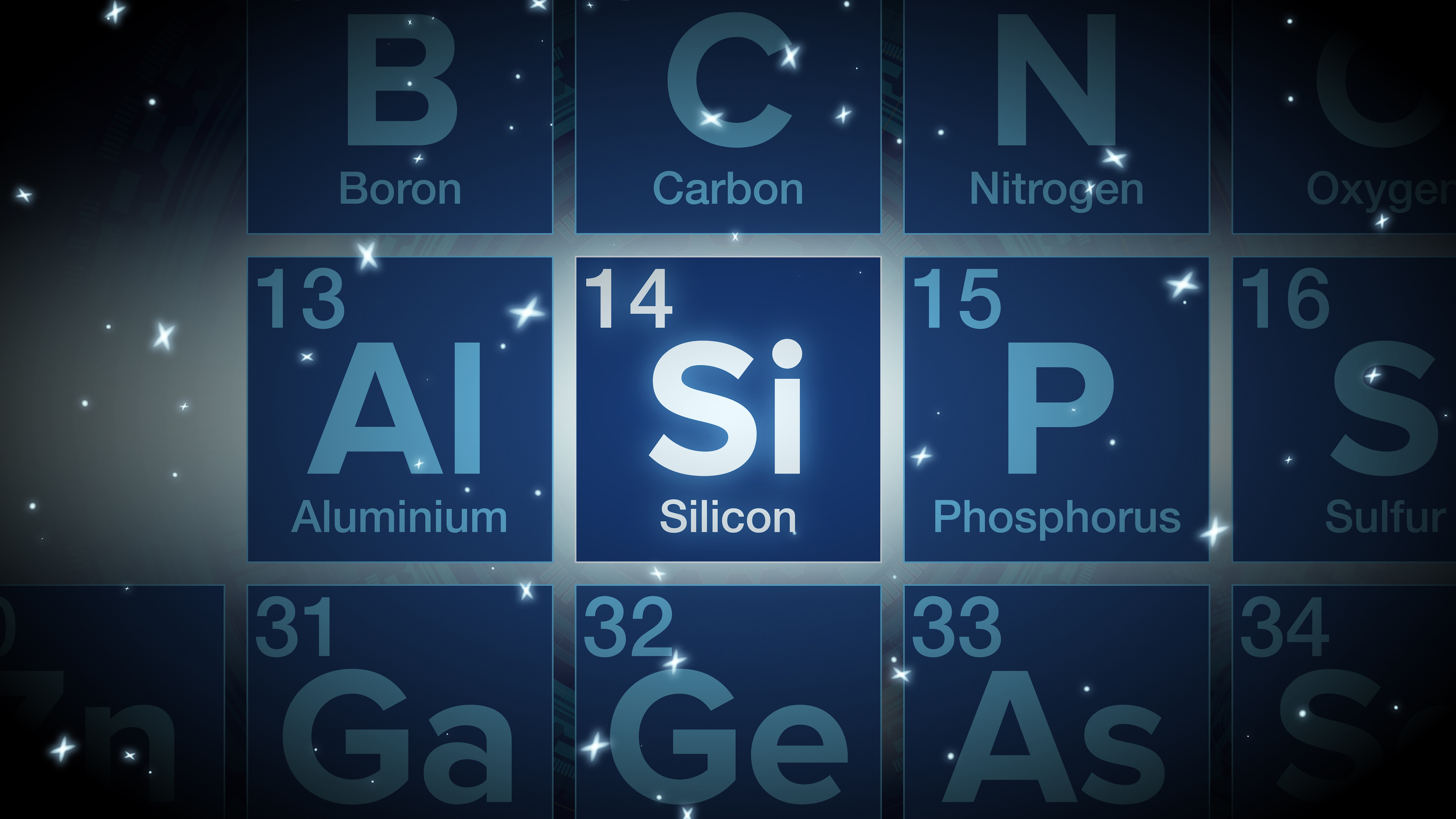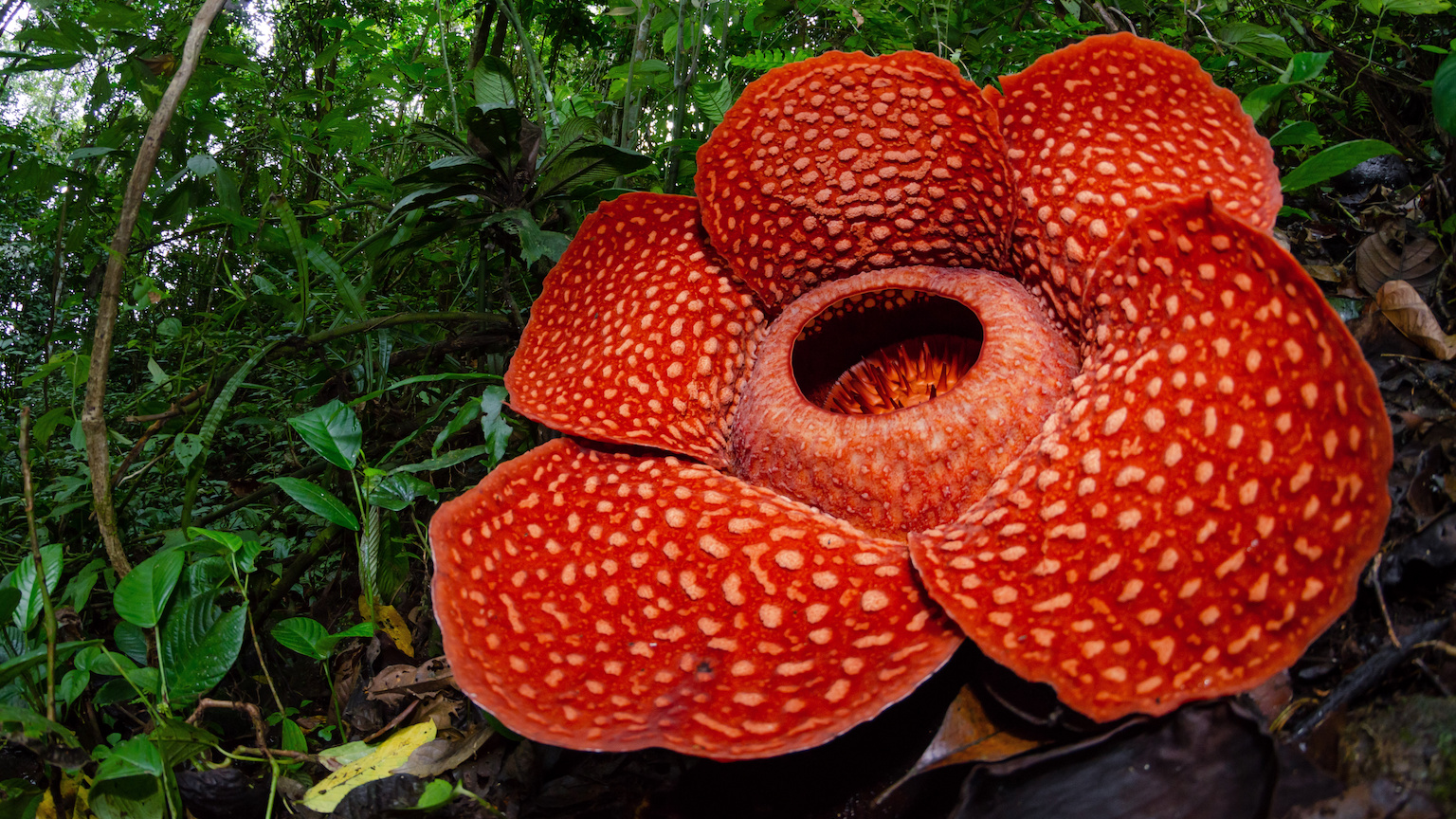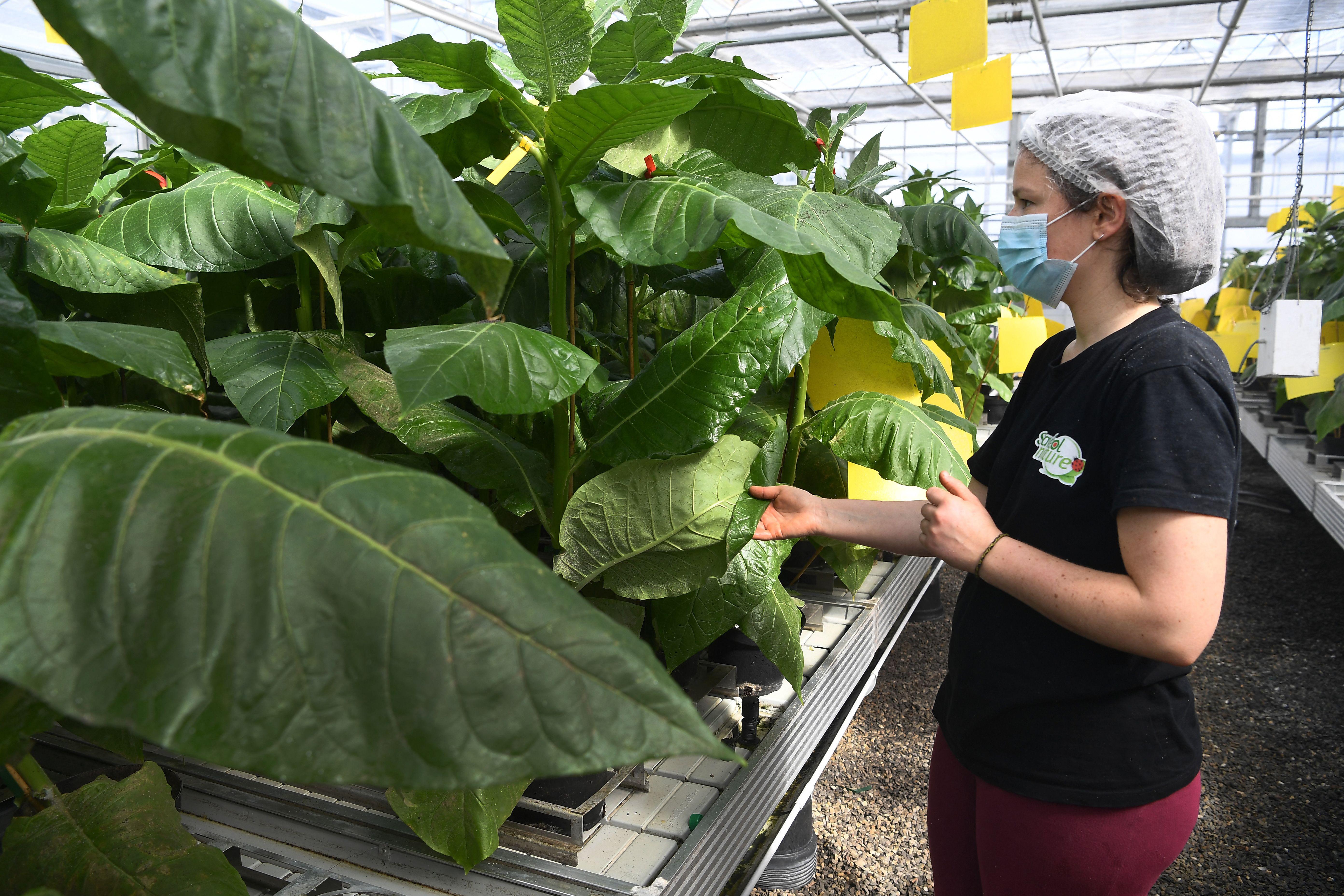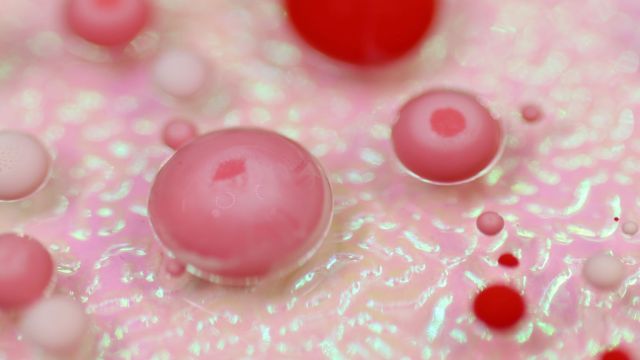Plants aren’t good at photosynthesis. We can do it better
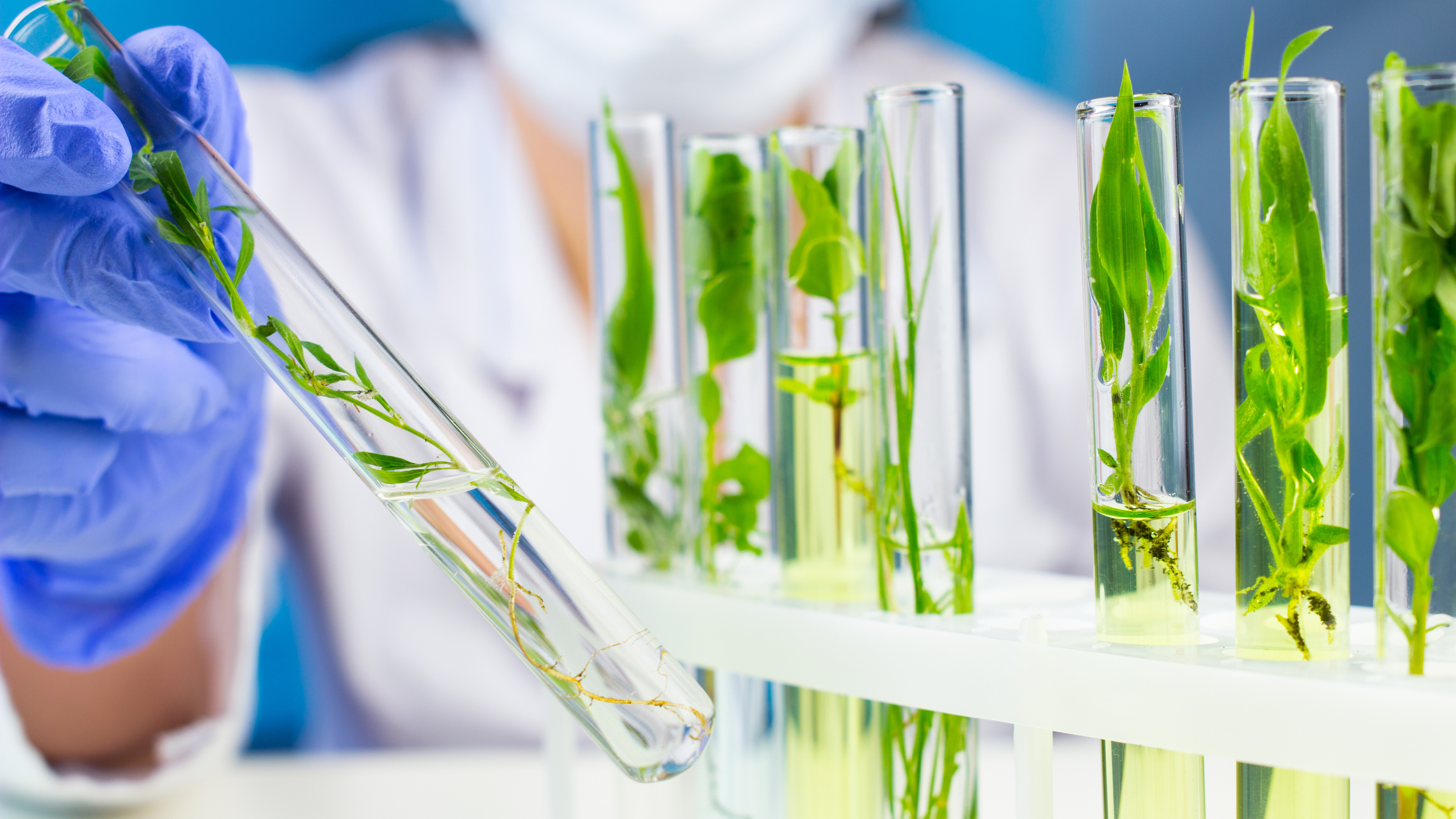
- Photosynthesis is inefficient. The average land plant only converts 0.1 to 1 percent of the sunlight striking it into useful chemical energy. Solar panels do much better.
- We must continue to innovate, experiment, and push the limits of what is possible in terms of carbon removal. Artificial photosynthesis can help.
- Yet, as we develop these technologies, we should not overlook the planet-transforming potential of the plants working for us today. They cover the world with readily available, low-maintenance, carbon-capturing capabilities.
Can we improve photosynthesis?
The examples described in this chapter show at least some of the things we need to do as we try simultaneously to feed our population and keep our planet habitable. As science advances, new possibilities become available and we periodically get excited about futuristic ways of limiting the damage of climate change. Successful demonstrations have shown that giant chemical air scrubbers might help to clean carbon dioxide from the air. Inventors promote the idea of growing new foods in bioreactors. Since we humans are tinkerers, it is perhaps inevitable that we will even try to improve photosynthesis itself.
Why would we meddle with photosynthesis? When compared to the best photovoltaic cells, photosynthesis is simply inefficient. The average land plant converts 0.1 to 1 percent of the sunlight striking it into useful chemical energy. Crop plants, if well managed, achieve an overall rate of 1 to 2 percent of effective energy conversion. Even at peak performance, our own microalgae in our sun-filled desert ponds only operate at 6 percent efficiency. That is rather poor performance when compared to the latest six-junction photovoltaic cells with light concentrators that are nearing 50 percent of light to useful electric energy conversion, developed at the U.S. National Renewable Energy Laboratory (NREL). Clearly, there’s a lot of potential for improving photosynthesis.
I am one of the scientists who have tried. Back in the mid-1980s at the Massachusetts Institute of Technology, I helped create the first site-directed mutants of something called Photosystem II. After the exhausted excitement of working several-hundred hour weeks and sleeping in the lab, we discovered that it is difficult to improve on four billion years of evolution. The idea, however, was a good one. We were trying to understand how the photosynthetic machinery converts light into chemical energy.
Similarly, scientists have tried to tackle the problem of photorespiration. As discussed in Chapter 2, this is the paradox in which photosynthesizing organisms struggle to deal with the oxygen they produce, which reduces their ability to fix carbon by around 25 percent. There are multiple genetic engineering initiatives to reduce this photorespiration “waste” and increase the overall productivity of agricultural crops. Some plants, such as corn, have ways of storing carbon produced during the night so that they can enrich the photosynthetic conversion of carbon dioxide into complex chemicals during the day. There are projects currently underway that are seeking to introduce these carbon-concentrating mechanisms into other commercially significant crops. Scientists at the US Agricultural Research Service and the University of Illinois have, for instance, successfully increased photosynthetic efficiency in tobacco leaves by 20 percent. Wild mustard, pumpkin, and green algal and bacterial genes were recombined and promoted, to optimize the photosynthetic metabolism. Now the team is seeking to import this upgraded photosynthetic system into crop plants, such as wheat, rice, or soy. A 20 percent increase in their productivity would mean that we could feed significantly more people without using more land.
Others have attempted to create “artificial leaves” or “artificial photosynthesis.” These are important efforts to isolate, focus, and improve the advantages of photosynthesis in more efficient devices. Some create devices that perform the same function of capturing CO2 and turning it into useful chemicals such as syngas (synthetic gas: a fuel-gas mixture), while others are using photovoltaic energy–driven membranes to capture CO2 to concentrate it with electrically charged membranes. In recent years, a major step toward artificial, but still biological, photosynthesis has been achieved by isolating chloroplast components in microscopic assemblages and separating them from the rest of the cell to boost their efficiency. The Franco-German team behind this project envisions that their enhanced photosynthetic machinery might be used to synthesize, for example, complex pharmaceutical molecules with the power of light.
All these inventive approaches have advantages and limitations. Often the net environmental impact is uncertain or very costly. In some cases, these improvement efforts simply transfer the efficiency or cost problem elsewhere. Most of these new devices lack long-term sustainability; they also take a lot of time and large amounts of money. The latest photovoltaic cells took more than fifty years to reach their current peak efficiencies, while the average installed base of photovoltaic cells linger between 15 and 20 percent efficiency.
Yet we need to try every advance, assess every potential solution, use every method to engage people and keep them engaged. Growing our world again will require hyperbolic entrepreneurism, new technology, and traditional methods. As we have seen, science is helping us in all sorts of ways—upgrading pasturelands through managed grazing, inventing low-energy methods for making ammonia, providing new methods of recycling organic materials. There are nearly 63,000 power plants, hundreds of millions of hearths, and billions of cars, all burning fossil fuels. It requires as many ideas, methods, and approaches to balance their legacy.
Of course, we need to improve agriculture and photosynthesis to use the agricultural land we have more effectively to grow food for all of us. We must continue to innovate, experiment, and push the limits of what is possible in terms of carbon removal and to increase the efficiency of photosynthesis itself, even if this is difficult. But that misses the opportunity to use photosynthesis in its current state, as it is today. Photosynthesizers grow in every environment: under the ice in Antarctica; stuck to the side of granite buildings; in forests, fields, oceans, and modern urban greenhouses. Even if less efficient, plant life covers a much larger surface area than all other carbon-capturing technologies combined, including both natural processes and artificial ones—the latter taking years to design, build, and commission. Plants have “installed” themselves already; they capture carbon while repairing, seeding, and multiplying themselves, feeding all ecosystems, and flexibly responding to environmental change, seasonality, and weather. Nobody must come and clear leaves of dust in the same way we need to clear photovoltaic cells to keep them operating. Most importantly, photosynthetic organisms are free to use today, and we have known, for thousands of years, how to propagate them. All societies know how to grow plants in their local environment, instead of waiting for a future technological breakthrough in efficiency.
Instead of schemes to shade the sun, fill the atmosphere with aerosols, or blast us to other planets, we have the planet-transforming potential of plants working for us today. I am an inventor and I am excited by technology, and I also value prosaic projects that enrich us biologically and economically—like making a bit more dirt and planting a lot more trees. We can transform our planet for the better, with self-sufficient—if not the most efficient photosynthetic technology right now.
This article is an adapted excerpt from How Light Makes Life: The Hidden Wonders and World-Saving Powers of Photosynthesis © 2021 by Raffael Jovine. Reprinted with permission of The Experiment. Available wherever books are sold. theexperimentpublishing.com
